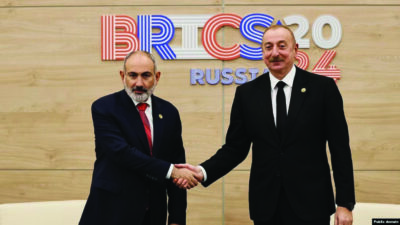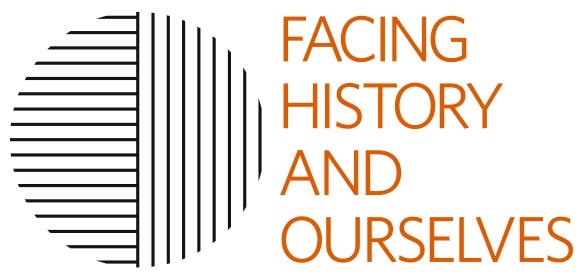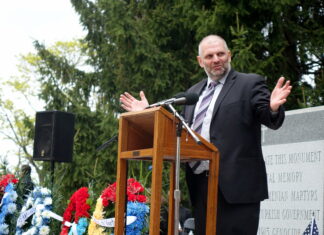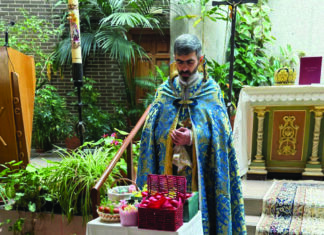By Adam Strom
Many who talk and teach about the Armenian Genocide have had real difficulty over the past 100 years naming the systemic abuses against Armenian women for what they are: sexual violence and rape as tools of genocide.
Even ten years ago, when I was working on Facing History and Ourselves’ book Crimes Against Humanity and Civilization: The Genocide of the Armenians, crimes of sexual violence and rape were rarely addressed, despite the fact that nearly every account of Armenian women during the genocide included these experiences. I found myself unsure how to tell these stories, despite years of working in education on issues related to genocide.
But much has changed in the last ten years. Increasingly survivors, scholars, and activists are looking for ways to break the silence. At a 2014 United Nations Global Summit on sexual violence in conflict, actress and activist Angelina Jolie explained, “We must send a message across the world that there is no disgrace in being a survivor of sexual violence. The shame is on the aggressor.”
According to genocide scholars John Roth and Carol Rittner, rape has been a used as a weapon of war for centuries, but until recently it was not recognized as a war crime worthy of prosecution or a topic worthy of study. It was not until the International Criminal Tribunal for the former Yugoslavia (ICTY) in 1996, the first international war crimes trial held since World War II, that the victims and activists finally moved international political will to prosecute rape and other forms of sexual violence as an international war crime. On June 28, 1996 a headline in the New York Times read: “U.N. Court, for First Time, Defines Rape as War Crime.” The historic ruling included the indictment of eight Bosnian Serb military and police officers for their connection with the rapes of Muslim women during the war in Bosnia. This historic ruling was a landmark in the efforts to prevent and prosecute sexual violence during war.
Victims of wartime sexual violence have often been discouraged from speaking about the abuse they suffered, fearing shame, stigmatization, and ostracism. However, scholars note that survivor accounts of genocide and mass violence often explicitly speak to sexual abuse; this is particularly true in testimony from the Armenian Genocide. But it is true of sexual assault elsewhere as well: In a 1998 case before the International Criminal Tribunal for Rwanda, Jean-Paul Akayesu became the first person convicted of rape as a component of genocide. That same year, the Rome Statute was establishing the International Criminal Court (ICC). Increasingly, Armenian American theater and literature have been exploring these themes as well, including recent work such as Chris Bohjalian’s “Sandcastle Girls”, Joyce Van Dyke’s “Daybreak” or Judith Boyajian’s “Women of Ararat.”









